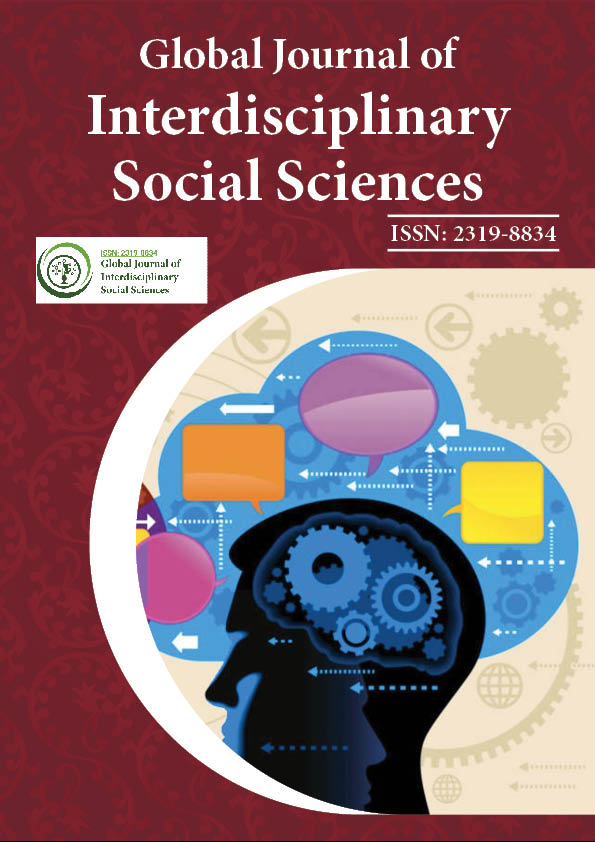Indexed In
- JournalTOCs
- Google Scholar
Useful Links
Share This Page
Journal Flyer

Open Access Journals
- Agri and Aquaculture
- Biochemistry
- Bioinformatics & Systems Biology
- Business & Management
- Chemistry
- Clinical Sciences
- Engineering
- Food & Nutrition
- General Science
- Genetics & Molecular Biology
- Immunology & Microbiology
- Medical Sciences
- Neuroscience & Psychology
- Nursing & Health Care
- Pharmaceutical Sciences
Abstract
An Explanatory VS. Supplemental Approach to Coherence in English Translations of the Holy Quran
Alireza Bozorgi and Mohammad Jafar Jabbari
This study applies Charroles’s model of coherence to seven translations of one of the Surahs of the Holy Quran through a quantitative analysis. Surah Al-Naba’ was purposively selected as it represented various dimensions important for a study on coherence including implicit cultural knowledge, polysemy, and multiple interpretations. The model used divides coherence into two distinct types: supplemental and explanatory. Three main questions were proposed and answered concerning the frequency of the strategies, their statistical significance, and their possible contribution to the explication as a translation universal. Findings showed that there was a significant difference among the translations in terms of the strategies used, revealing that explanatory coherence had been used more effectively. However, the intensive quantitative comparison of the translations showed that they had individually kept the original coherence as far as possible, suggesting that explication may not be necessarily a translation universal, at least in case of Quranic translation.
